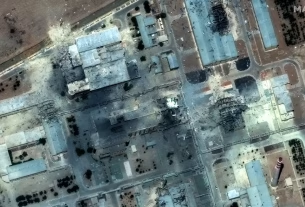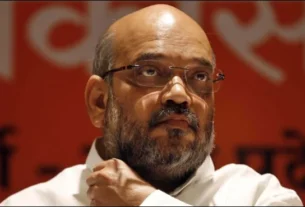Former President Donald Trump is making headlines once again as he embarks on a strategic campaign to recapture Latino support ahead of the 2024 presidential election. On Saturday, he held a rally in Pennsylvania, a state that has become increasingly significant in the national political landscape. This rally was not just another campaign event; it marked a deliberate effort by Trump to reconnect with a demographic that has historically leaned Democratic but has shown signs of shifting attitudes in recent years.
The Latino Vote: A Key Demographic
Latino voters represent one of the fastest-growing segments of the electorate in the United States. Their preferences can significantly influence election outcomes, especially in battleground states like Pennsylvania. In the 2020 election, Trump received about 32% of the Latino vote, a notable increase from 28% in 2016. However, despite this growth, many in the Latino community still view him unfavorably due to his rhetoric on immigration and other social issues.
Understanding the importance of this demographic, Trump’s team has developed a multi-faceted strategy aimed at appealing to Latino voters. This includes addressing issues such as the economy, education, and public safety, which resonate with many Latino families.
The Pennsylvania Rally: Tactics and Messaging
The rally in Pennsylvania drew a diverse crowd, with a significant representation of Latino attendees. Trump’s speeches often feature a blend of his signature bravado and direct appeals to specific voter concerns. During the rally, he emphasized his administration’s economic policies, arguing that they benefited all Americans, including Latinos. “Under my administration, we created jobs and opportunities for everyone, and we will do it again,” Trump declared, framing his economic record as a direct line to Latino prosperity.
Trump also highlighted issues of crime and public safety, a topic that many Latino families find relevant given the concerns about violence in their communities. He criticized current Democratic policies, asserting that they have led to an increase in crime. By linking crime rates to Democratic leadership, Trump aimed to position himself as the candidate who would prioritize the safety and well-being of Latino families.
In a notable departure from his earlier rhetoric, Trump softened his tone on immigration during the rally. While he maintained his tough stance on border security, he also acknowledged the contributions of Latino immigrants to American society. “Latinos are hard-working, family-oriented, and essential to our economy. We need to ensure that our policies reflect that,” he stated, attempting to reframe the conversation around immigration to focus on positive contributions rather than solely on security concerns.
Engagement and Outreach Efforts
Leading up to the rally, Trump’s campaign had initiated several outreach programs aimed at engaging Latino communities across Pennsylvania. These included town halls, community events, and social media campaigns designed to create a dialogue with Latino voters. The campaign has also enlisted Latino leaders and influencers to amplify their message, hoping to break through the negative perceptions that have been prevalent among Latino voters since his presidency.
Local Latino organizations have reacted with a mix of skepticism and cautious optimism. Some leaders expressed doubt about whether Trump could effectively change his image and win over voters who have felt marginalized by his past statements. Others recognized the potential for a shift, citing the growing discontent among some Latino voters with the Democratic Party’s handling of issues like inflation and public safety.
The Road Ahead: Challenges and Opportunities
As Trump continues his campaign for the presidency, his efforts to woo Latino voters will face significant challenges. The deep-seated issues of immigration, healthcare, and education remain points of contention. Moreover, the Democratic Party is actively working to strengthen its ties with Latino communities, recognizing their importance in upcoming elections.
Polls indicate that while some Latino voters may be open to considering Trump, many still harbor reservations about his leadership style and past policies. The upcoming months will be critical for Trump as he attempts to solidify his support within this key demographic. His rallies and outreach efforts will need to resonate with Latino voters on a personal level, addressing their unique concerns and aspirations.
Conclusion: A Test of Political Strategy
Trump’s rally in Pennsylvania signifies more than just a campaign stop; it represents a strategic pivot aimed at regaining ground with Latino voters. As the election season heats up, the effectiveness of his outreach will be tested against the backdrop of a politically diverse and dynamic electorate. Whether he can transform skepticism into support remains to be seen, but one thing is clear: the Latino vote is a critical component of any winning strategy in 2024, and Trump is making it a priority.
The New York Times, CNN, NBC News, The Washington Post, BBC News,





